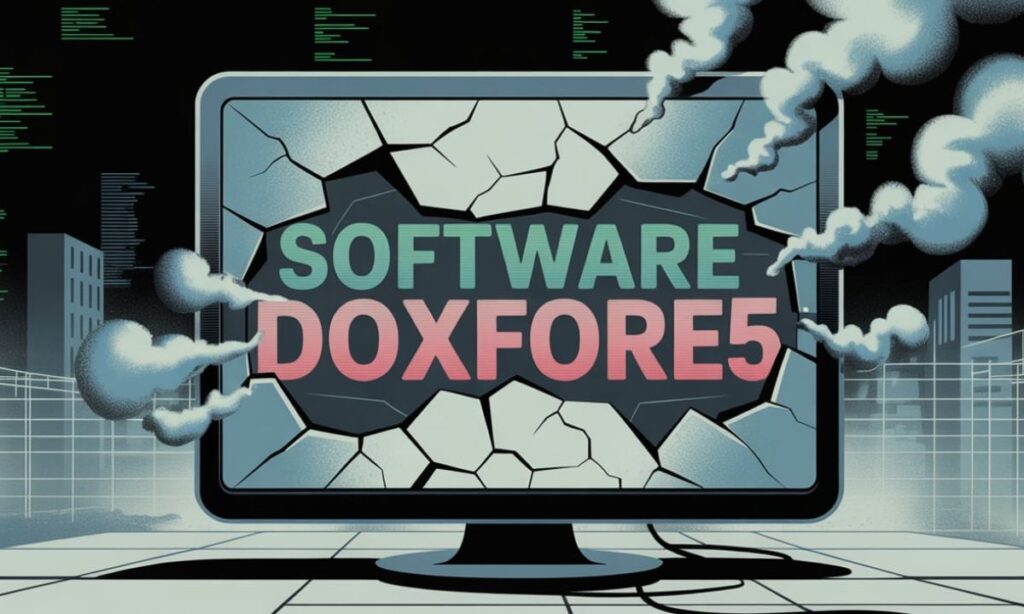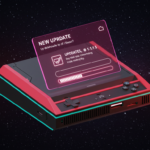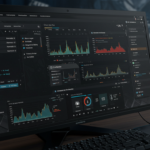Introduction
For years, Sofware Doxfore5 has been a staple in certain professional and enterprise environments. Known for its reliability and specific niche applications, this platform once stood as a powerful tool for businesses requiring robust functionality. But recent developments point to a stark reality: Sofware Doxfore5 dying. Whether through dwindling support, outdated architecture, or a failure to keep pace with modern competitors, its decline is both undeniable and impactful. This raises important questions for users, businesses, and the broader technology community.
The decline of Sofware Doxfore5 is not just about one product fading away—it’s a larger story about the life cycle of software and how innovation, market demand, and technological evolution shape the tools we use. Just as VHS gave way to DVDs and DVDs eventually yielded to streaming, every software system eventually reaches a tipping point where its relevance wanes. Companies that once relied heavily on Sofware Doxfore5 are now forced to rethink their workflows, integrate new platforms, and face the sometimes daunting challenge of migration.
In exploring why Sofware Doxfore5 dying, we uncover valuable insights about how technology shifts affect not just enterprises, but the end users who depend on stability and efficiency. This story also serves as a cautionary tale for developers and businesses alike: failing to adapt to changing market needs can leave once-powerful tools behind. Below, we’ll dive into the causes of Sofware Doxfore5’s decline, its impact on industries, and what alternatives are emerging in its wake.
Why Sofware Doxfore5 Dying
The first and most obvious reason Sofware Doxfore5 dying is technological stagnation. Modern software ecosystems evolve at breakneck speed, with new updates, security patches, and integrations being introduced regularly. Unfortunately, Sofware Doxfore5 failed to keep pace. Its updates were infrequent and often addressed only minor bugs, while competitors invested heavily in cloud compatibility, AI-driven automation, and user-friendly interfaces. As a result, businesses that once tolerated its limitations found themselves unable to justify staying with a platform that couldn’t meet modern expectations.
Another major factor is lack of vendor support. Software cannot thrive without a strong support system, and over time, the developers behind Sofware Doxfore5 pulled back resources. Customer support became harder to access, documentation fell behind, and innovation slowed to a crawl. When users feel abandoned by developers, they begin looking for alternatives. For many organizations, this was the final straw, accelerating migration to more modern systems. In this light, the death of Sofware Doxfore5 is less about user rejection and more about a company failing to nurture its product’s longevity.
The Impact on Businesses Relying on Sofware Doxfore5
The decline of Sofware Doxfore5 has significant repercussions for companies that built their operations around it. Transitioning away from a legacy system is rarely simple. Organizations often invest years into training staff, customizing workflows, and storing critical data within a platform. As Sofware Doxfore5 dying, these businesses face costly migrations, potential downtime, and steep learning curves with new software. For small- and mid-sized enterprises, this shift can feel overwhelming, straining both financial and human resources.
At the same time, businesses must also consider the hidden risks of clinging to dying software. Outdated platforms often come with security vulnerabilities, lack of compliance with industry regulations, and incompatibility with newer tools. These risks can result in breaches, fines, or competitive disadvantages. In many ways, the death of Sofware Doxfore5 pushes organizations to confront uncomfortable realities. While migration is difficult, failing to evolve could ultimately cost much more.
User Frustrations and Challenges
Users of Sofware Doxfore5 are not just dealing with the inconvenience of a fading product—they’re facing real productivity hurdles. As updates became less frequent, bugs and performance issues started piling up. What was once a dependable piece of software gradually turned into a source of daily frustration. This erosion of trust eroded the loyalty of longtime users. The fact that Sofware Doxfore5 dying reflects not only business realities but also the frustration of individuals who relied on it to get their work done effectively.
Another major user challenge is the psychological hurdle of switching systems. Many professionals resist change, especially when a platform has been embedded in their workflow for years. Learning new software means lost productivity in the short term and anxiety about whether the replacement will truly be better. Yet, as Sofware Doxfore5 fades, users increasingly realize that clinging to it is no longer viable. The frustration of transition may be high, but the frustration of staying on a sinking ship is far greater.
Competitors and Alternative
The decline of Sofware Doxfore5 has created space for competitors to thrive. Cloud-based platforms, agile software-as-a-service (SaaS) solutions, and hybrid systems are rushing to fill the gap. Competitors have marketed themselves aggressively as not only more modern but also more cost-effective and scalable. This competitive landscape means that businesses moving away from Sofware Doxfore5 are not limited to a single choice—they have an abundance of options tailored to specific needs, industries, and budgets.
For example, companies seeking robust cloud integrations can look to providers that prioritize flexibility and real-time collaboration. Others may prefer on-premise solutions with enhanced security for sensitive data. The rise of niche tools designed for specialized industries also means that organizations don’t need to settle for one-size-fits-all solutions. In this way, while Sofware Doxfore5 dying, its decline could actually be a net positive for users who ultimately land on more powerful and adaptive platforms.
Lessons for the Tech Industry
The story of Sofware Doxfore5 dying serves as a reminder that innovation cannot stop. No matter how successful a product becomes, complacency is a death sentence in the tech world. Market demands evolve rapidly, and users expect seamless updates, security, and performance. Companies that fail to prioritize these aspects risk becoming irrelevant. Doxfore5’s stagnation highlights the importance of continuously investing in research, development, and customer engagement.
It also illustrates the dangers of underestimating user trust. Once customers begin to feel abandoned, regaining their confidence is almost impossible. The decline of Sofware Doxfore5 demonstrates how quickly loyalty can evaporate in the absence of transparency and commitment. For tech firms, the key takeaway is that sustaining long-term success requires not only innovation but also a customer-first approach.
The Future Beyond Sofware Doxfore5
Even as Sofware Doxfore5 dying, the broader future of software is brighter than ever. Businesses are moving toward platforms that prioritize flexibility, cloud integration, and AI-driven automation. These innovations are reshaping how organizations operate, making systems more efficient and adaptable to fast-changing needs. In many ways, the sunset of Doxfore5 reflects the natural cycle of technological progress, where outdated tools give way to more powerful successors.
Looking ahead, the decline of Sofware Doxfore5 may be remembered as a turning point. It signals a shift from rigid, monolithic software to dynamic solutions built for modern challenges. Companies that embrace this evolution will not only survive but thrive in an increasingly competitive digital landscape. For users, this transition offers an opportunity to engage with tools that better match their needs today and tomorrow.
Conclusion
The fact that Sofware Doxfore5 dying may seem like the end of an era, but it also marks the beginning of new opportunities. For businesses, the shift away from outdated systems forces a reevaluation of workflows, security, and future-readiness. For individual users, it highlights the importance of adaptability in a fast-moving tech world. While the process of moving on may be challenging, it ultimately sets the stage for stronger, more efficient solutions.
In the end, the decline of Sofware Doxfore5 is a powerful reminder that no technology lasts forever. Companies and users alike must remain vigilant, adaptable, and forward-thinking. Those who embrace change will not only survive the loss of Doxfore5 but will also discover tools that better align with the demands of the modern digital era.







